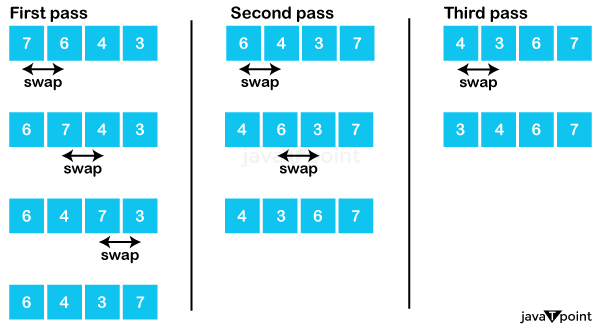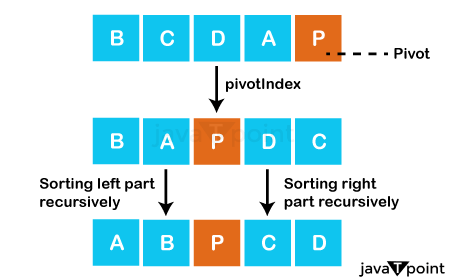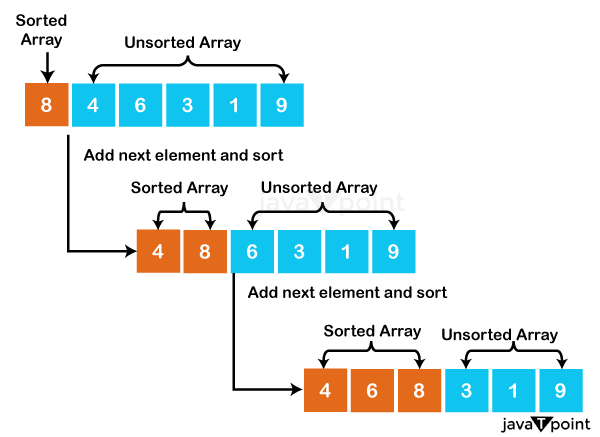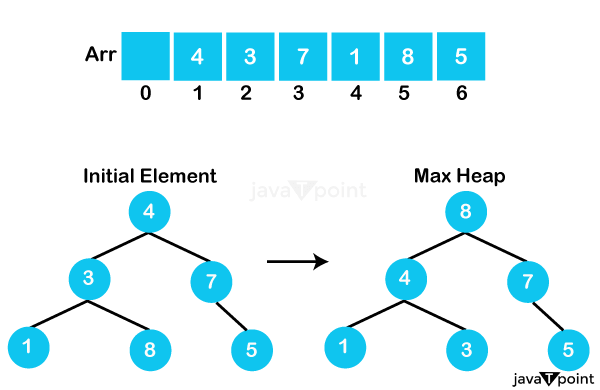What is Internal Sorting?In data management and handling, sorting plays an important role in efficiently organising and arranging data. Sorting is a process that is required in many places and is to be handled properly in order to use efficiently. Sorting is a simple process of swapping two or more numbers in an ordered manner i.e., in both ascending and descending order. Sorting mainly is divided into two types:
In this verse, we will focus on internal sorting and its methods and algorithms. Internal SortingInternal Sorting is the type of sorting that takes place inside the main memory of the computer and happens only when the data to be sorted is exceptionally small enough that can be managed by the main memory. Reading and writing of the data from this slower media slows down the sorting process significantly. Although there are many different sorting methods to avoid this situation or condition. Types of Internal Sorting1. Bubble Sort: A simple and intuitive sorting algorithm that repeatedly steps through the list, compares adjacent elements, and swaps them if they are in the wrong order. Bubble sort has limited practical applications due to its inefficiency on large datasets. 
Algorithm: 2. Quick Sort: A divide-and-conquer algorithm that works by selecting a 'pivot' element and partitioning the array into two sub-arrays, according to whether elements are less than or greater than the pivot. Quick sort is efficient and often the preferred choice for sorting large datasets. 
Algorithm: Algorithm: 3. Insertion Sort: This algorithm builds the final sorted array one item at a time. It is much less efficient on large lists compared to more advanced algorithms such as quick sort and merge sort. 
Algorithm: 4. Heap Sort: A comparison-based sorting algorithm that uses a binary heap data structure. While not as popular as quick sort or merge sort, heap sort has its applications in specific scenarios. 
Algorithm: Importance of Internal Sorting:Internal sorting plays a crucial role in the efficient operation of computer systems and databases. Here are some key reasons why internal sorting is so important:
Challenges and Considerations:While internal sorting is undoubtedly valuable, it's not without its challenges. Some considerations include:
|
 For Videos Join Our Youtube Channel: Join Now
For Videos Join Our Youtube Channel: Join Now
Feedback
- Send your Feedback to [email protected]
Help Others, Please Share










